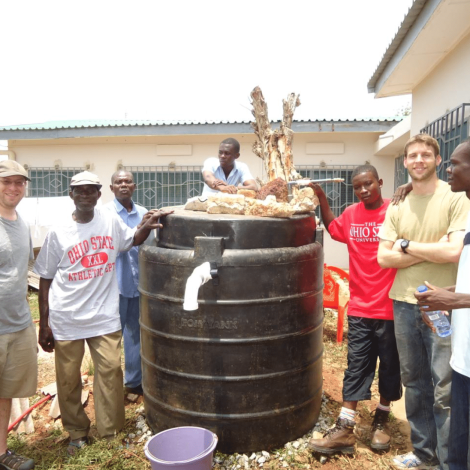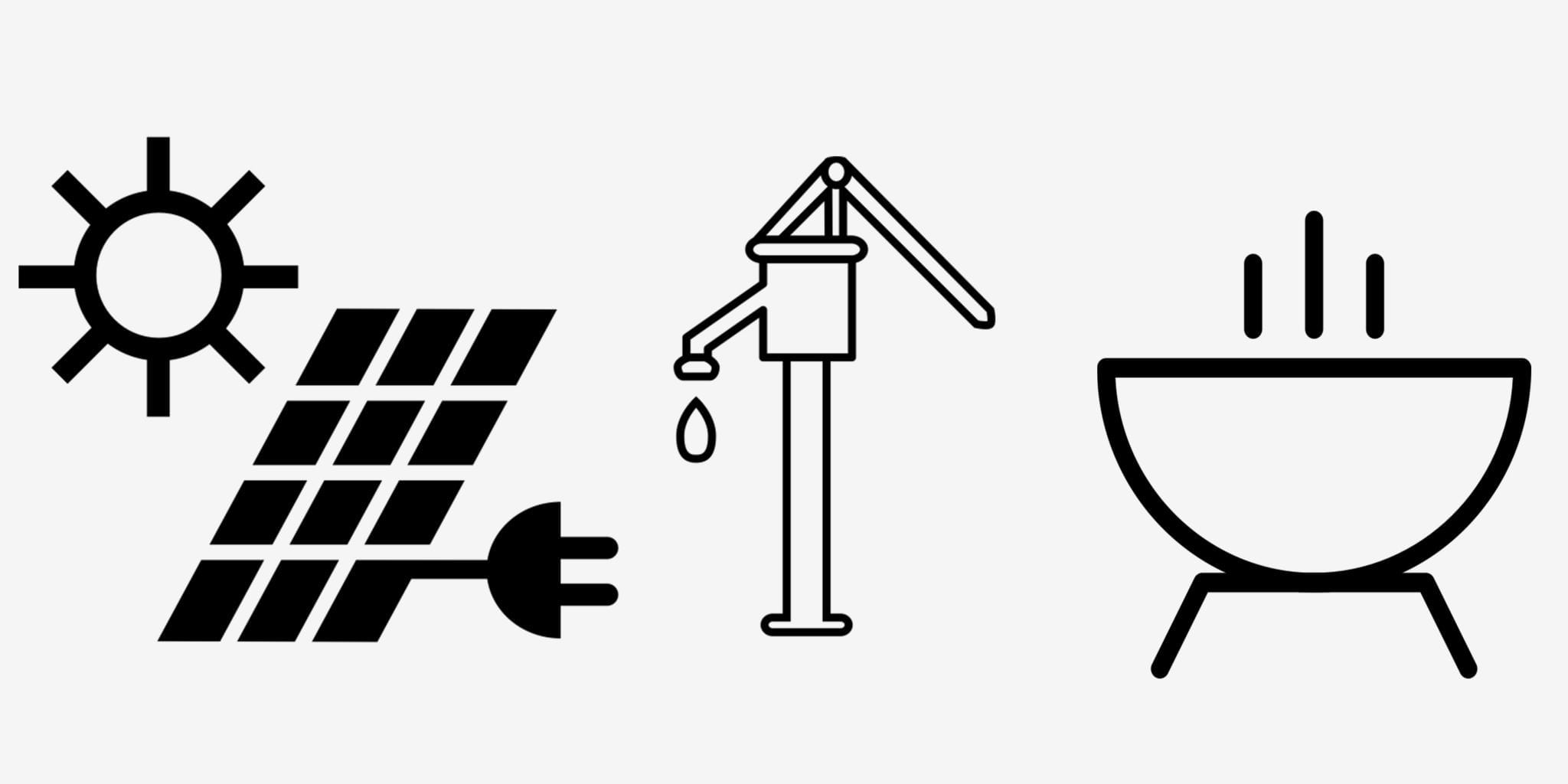This is the seventh in a series of principles based on the textbook Humanitarian Engineering: Creating Technologies that Help People, by Kevin Passino. The series is adapted by the author for Engineering for Change. Download Humanitarian Engineering, 3rd Edition, for free.
It is crucial to build relationships in a community, to get to know the people so that they will work with you and trust you, and so you will know what is needed. While doing so, you will come to understand the power relationships between people in the community (e.g., due to male dominance). Indeed, it can be quite important to come to understand what power some people have over others so that you know how to get work done.
For instance, you typically need to know, and have a good working relationship with, the leader of the community in order to get things done. If you do not, then the leader may actively work against you. That may be especially true if you are perceived as a challenge to his or her power, or if you are doing some project that the leader does not feel is good or important. With a good working relationship, the leader may open up the possibility of using resources that you or others may not know about. Of course, you may work with the leader at the risk of alienating some, and being party to discrimination.
With a good working relationship, the leader may open up the possibility of using resources that you or others may not know about.
Next, you need to understand if the technology you are developing will positively affect the social context. Will it result in fewer or more jobs? Will it reduce the toil of some subgroup, freeing them for other activities? For instance, will a water pump free up the time of women who carry water by hand, so that they can engage in money-making activities for their families? Will it free up the time of children so that they can improve school attendance?
Indeed, the social context includes education, health, and some economic considerations. All of these can impact what you do as a humanitarian engineer.
The social context will strongly impact what a community needs and wants to do
If you install a water filtration system or a clean source of water, the health of the village might dramatically improve, which could change their overall economic situation. A good healthcare system reduces suffering and improves school attendance and economic opportunities. A good educational system can train people to improve the community’s technological capacity. That can help with the operation and maintenance of a technology. A poor educational system can result in poor hygiene and subsequent health problems, along with poor job opportunities.
Overall, the social context will typically strongly impact what a community needs and wants to do. Hence, the humanitarian engineer must pay special attention to power relations, education, health, and economics.
Humanitarian Engineering Series
Humanitarian Engineering Principle One: Focus on People
Humanitarian Engineering Principle Two: Relate, Listen, Ask, Cooperate, Empower
Humanitarian Engineering Principle Three: Understand Social and Physical Context
Humanitarian Engineering Principle Four: Be a Professional Humanitarian Engineer
Humanitarian Engineering Principle Five: Build Technological Capacity
Humanitarian Engineering Principle Six: Ensure Long-Term Positive Impact
Humanitarian Engineering Principle Eight: Design for Sustainability
Humanitarian Engineering Principle Nine: Assess Outcomes
Humanitarian Engineering Principle Ten: Promote Human Dignity, Rights, and Fulfillment

